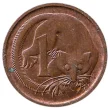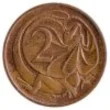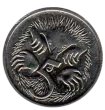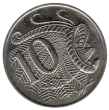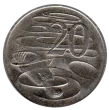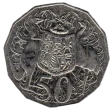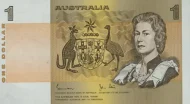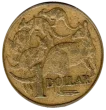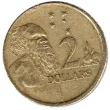Exchange your Australian Dollars
Don’t let your Australian Dollars sit unused! We offer a fast and easy way to exchange both current and withdrawn Australian Dollar banknotes. Whether you’ve just returned from Australia or have leftover currency from a past trip, we provide a seamless exchange process. There’s no need to wait until your next visit Down Under or keep them locked away in a drawer. Exchange your AUD for local currency today and avoid the hassle of searching for a place to spend them in the future!
$ - AUD
Since its introduction in 1966, the Australian Dollar has become one of the most stable and widely traded currencies in the global economy.
Australian Dollars Information
The Australian Dollar (AUD) is the official currency of Australia, introduced in 1966 to replace the Australian Pound. The AUD is notable for its colorful polymer banknotes, which were introduced in 1988 as part of an effort to reduce counterfeiting and extend the life of the currency. The polymer notes have been a success and are now used in several countries worldwide. The Australian Dollar is subdivided into 100 cents, and the country issues both coins and banknotes. Coins are available in denominations of 5 cents, 10 cents, 20 cents, 50 cents, 1 dollar, and 2 dollars. Banknotes are available in denominations of 5, 10, 20, 50, and 100 Australian Dollars.
Each note features portraits of prominent Australians, including Queen Elizabeth II on the 5-dollar note, as Australia is part of the Commonwealth. The reverse sides of the notes feature depictions of Australian cultural achievements, architecture, and wildlife, reflecting the nation’s history and values.
The use of polymer notes has helped reduce counterfeiting, as the technology used to create them is difficult to replicate. The AUD is also used in several Pacific Island nations, including Kiribati, Nauru, and Tuvalu, making it a currency with a wider reach than just Australia. The value of the Australian Dollar is closely tied to the country’s exports, particularly in natural resources like coal, iron ore, and gold. Australia is one of the world’s leading exporters of these commodities, and fluctuations in global prices can affect the value of the AUD.
The currency is also influenced by Australia’s relationship with major trading partners such as China, Japan, and the United States. Australia’s economy is strong and stable, and the Australian Dollar is one of the most traded currencies in the world. The AUD is often considered a ‘commodity currency’ because of its close ties to the natural resources sector. Australian banknotes are not only colourful and durable, but they also feature a transparent window with an intricate design, making them easily recognisable and difficult to counterfeit.

